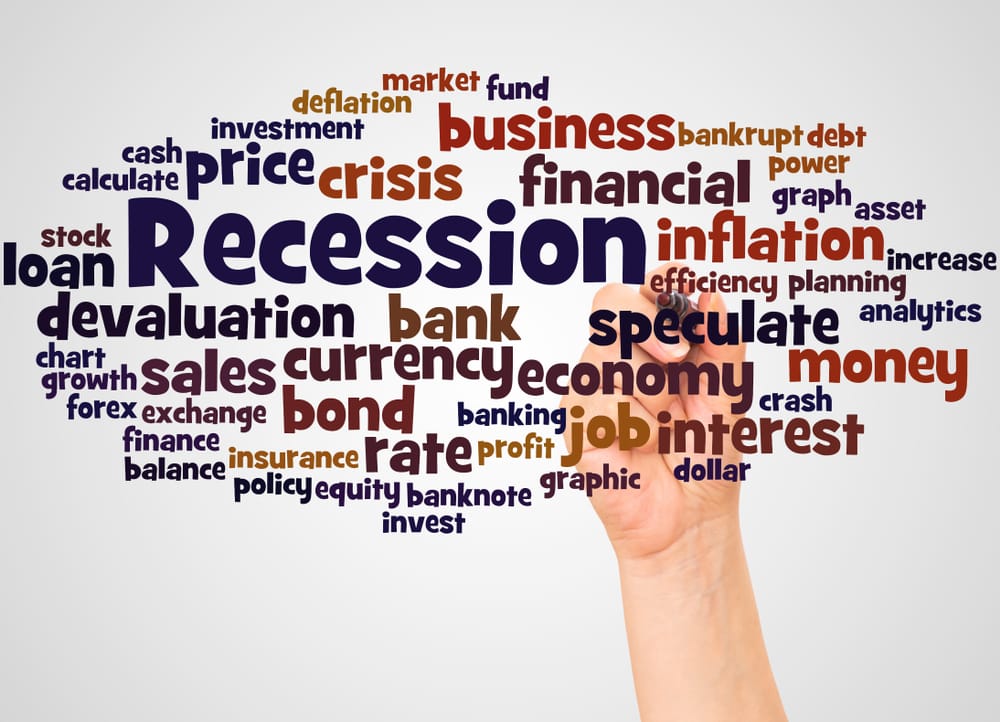U.S. Treasury market awaits CPI report impact on inflation and policy

The U.S. Treasury Market Prepares for the CPI Report's Impact
The U.S. Treasury market is a crucial element in global finance, influencing everything from mortgage rates to international investment strategies. Its sensitivity to economic indicators, like the Consumer Price Index (CPI) report, is paramount. As this report approaches, analysts and investors are keenly observing its potential to reshape inflation expectations and Federal Reserve policy. Understanding this interplay is vital for investors navigating the Treasury holding pattern as interest rates are likely to respond. With the release of new CPI data just around the corner, market watchers have much to consider.
Anticipating the CPI Report's Role
The CPI report holds a pivotal place in the Treasury market's dynamic, functioning as a barometer for inflation expectations. CPI, which measures the average change over time in prices for goods and services, informs crucial economic decisions. Historically, CPI fluctuations have been known to influence market conditions substantially, often dictating the direction of Treasury bonds and yields.
- Inflation Indicator: CPI is a key signal of inflation trends, guiding financial strategies.
- Market Influence: Past CPI data have led to notable shifts in Treasury yields, reflecting changes in inflation outlooks.
- Strategic Adjustments: Investors brace for adjustments in Treasury strategies, depending on CPI outcomes.
Economists view CPI not just as a reflection of current economic temperatures but as a predictive tool that can influence market movements in the months ahead. The upcoming report may just set the stage for the next chapter in economic policy adjustments.
How Inflation Expectations Shape Fed Policy
Inflation expectations and the Federal Reserve's interest rate decisions are closely intertwined, with significant implications for Treasury yields. Inflation expectations indicate the anticipated rate of price increase in the future, a factor the Fed heavily considers. This expectation can sway interest rate decisions, impacting Treasury yields and the broader market.
- Guiding Decisions: The Fed uses these expectations to steer interest rates, aiming to maintain economic stability.
- Recent Trends: Recent trends suggest inflation pressures may compel the Fed to adjust its policy stance.
- Yield Impact: These policy changes can dramatically alter Treasury yields, affecting investment return calculations.
The relationship between inflation data and the Fed's response shapes the economic landscape, with broader implications for market predictions and fiscal strategies.

The Fixed-Income Markets and Economic Indicators
CPI reports, along with other economic indicators, shape predictions in the fixed-income markets. These markets consist of investments, like bonds, which pay a fixed return. Changes in inflation perceptions deeply affect how these markets operate and how interest rates move.
- Economic Signals: CPI and other data points, such as employment stats and consumer spending, influence market predictions.
- Bond Market Dynamics: Shifts in inflation perceptions directly impact the supply and demand balance within bond markets.
- Interest Rate Movements: As inflation trends become clearer, interest rates tend to follow suit, adjusting to new economic realities.
The intricacies of fixed-income markets paint a complex portrait of economic health, with analysts keeping a close eye on unfolding trends.

Strategic Insights for Investors
For investors, the insights derived from changing CPI figures are crucial in forming robust investment strategies. Financial strategists are particularly focused on how shifts may necessitate adjustments in U.S. economic policy.
- Strategy Shifts: The Treasury holding pattern might evolve as investors adapt to new inflation data.
- Policy Predictions: Anticipated changes in economic policy can signal adjustments in investment approaches.
- Uncertainty Navigation: Finding strategies to thrive amid uncertainty requires an agile approach to potential market fluctuations.
Investors need to remain vigilant, ready to pivot strategies based on fresh economic data and shifting fiscal policies that stem from the latest CPI insights.
Future Trends and Market Predictions
Looking forward, the results of the upcoming CPI report could indicate future trends in the Treasury market. Should inflation rates deviate from current expectations, the Federal Reserve might revise its stance, leading to new fiscal policies.
- Market Predictions: Data suggests future market movements could align with trends captured in the forthcoming CPI report.
- Fed's Next Steps: Potential implications for the Fed's interest rate decisions need to be considered, with fiscal policy nuances potentially shifting.
- Broader Impacts: These predictions not only affect U.S. markets but also reverberate across global financial arenas.
This evolving economic narrative will play a significant role in shaping investor strategies and market expectations in the coming months.
Navigating Future Trends Amid Economic Uncertainty
As the U.S. Treasury market braces for the new CPI report, investors and strategists remain alert, weighing the potential implications for inflation and Fed policy. With the dynamic interplay of market forces at work, the forthcoming data may usher in significant changes. Understanding these developments is crucial for navigating the complex tapestry of bond markets and economic strategies. As new figures are released, expect adjustments and recalibrations in both policy and market anticipations, setting the tone for the months ahead in the financial world.




